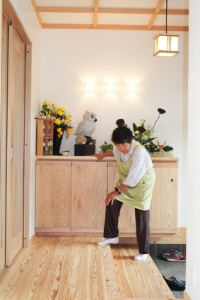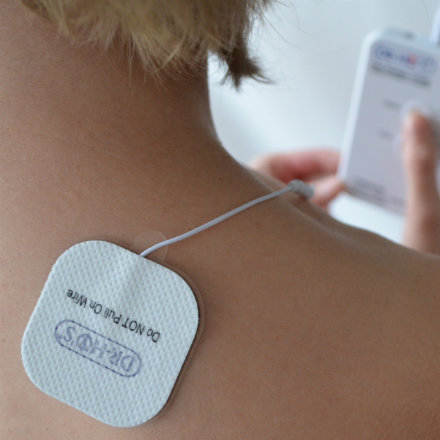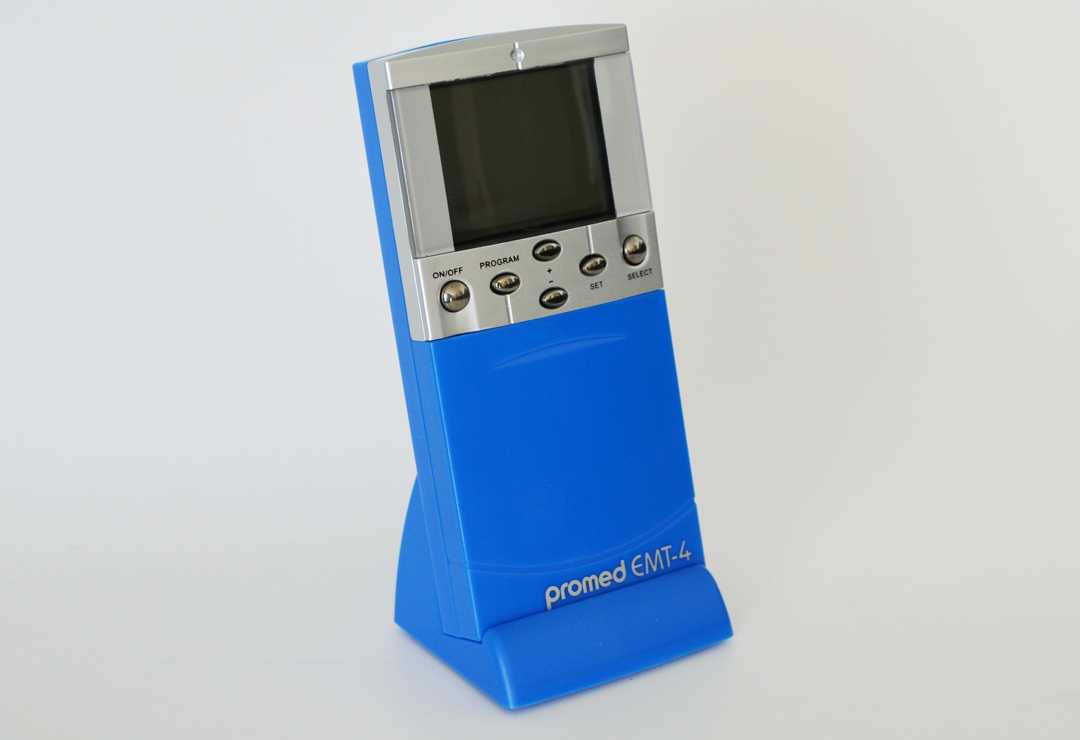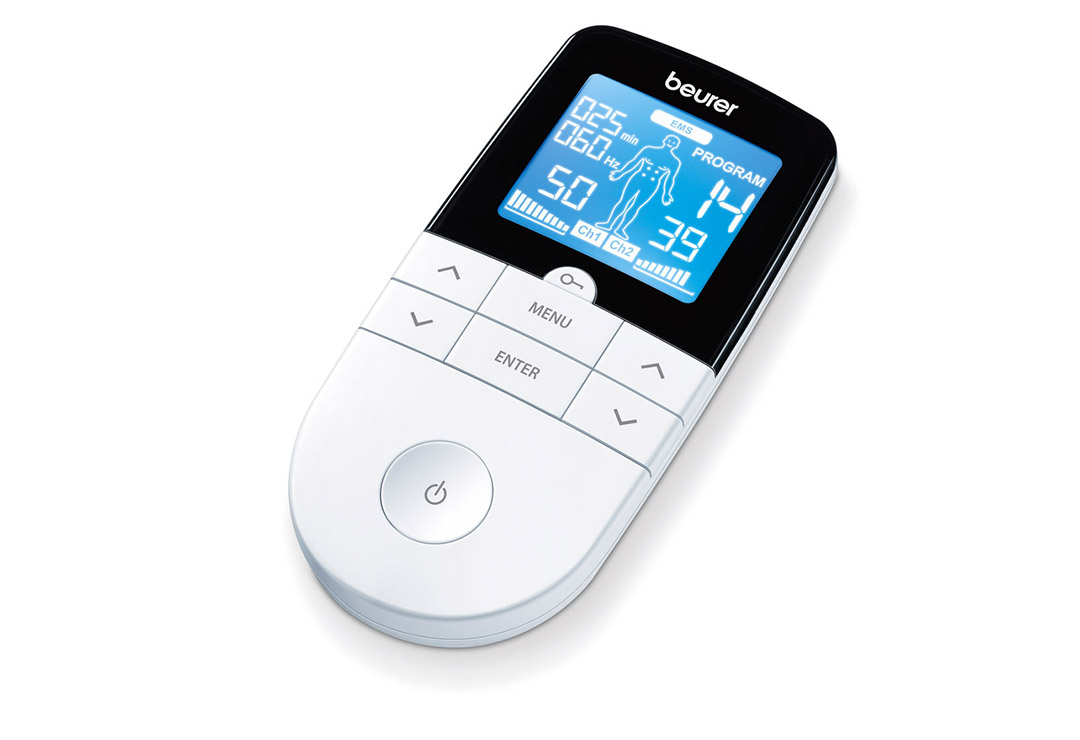People under 40 years of age are rarely affected. What appears to be a skin disease on the surface is actually more than that, because other underlying diseases usually exist. Ulcer cruris can also be caused by injuries, high blood pressure, varicose veins and inflammation of varicose veins.
First indicators include fatigue in the legs, a feeling of tension as well as pain. Later consequences include a brown discoloration of the skin, as well as an open, exuding wound that can get infected with bacteria. It will form on a chronically inflamed, swollen part of the leg. Furthermore, it is striking that the lower extremities, i.e. the legs or feet are affected.
When it comes to Ulcus cruris, we mainly distinguish between venous insufficiency ulceration and arterial insufficiency ulceration. The venous ulcer is more common and can occur on the inner sides of the ankle and at the front of the lower leg. It usually starts with a weakness of the veins and is a result of a deficient blood supply to the tissue, and consequently of the necessary nutrients. The veins serve an important function in the body. They transport blood from the extremities of the body back to the heart. They're helped by a type of muscle pump located in the calf: The calf muscles cause tension, which ensures an easier return to the heart. However, when these muscles relax, blood could flow back. In order to prevent that, our veins are equipped with corresponding valves, which only permit a flow toward the heart, but restrict a reflux in the other direction. Faults in this essential bodily process can have serious consequences. A weakness of the veins can also be inherited. Varicose veins are formed by an unwanted extension and enlargement of the veins, which prevents the valves of the veins from properly closing, thus allowing blood to flow back and accumulate. This leads to water retention in tissues, called edema. Then, after some time, sclerosis, a hardening of connective tissue, is the result. This accumulation leads to even more pressure, which destroys the capillaries, where the exchange of nutrients takes place. However, the disease is not only caused by varicose veins, but can also be a late consequence of thrombosis. In a thrombosis, blood clots form in the deep leg or pelvic veins. In addition to a chronic venous insufficiency (CVI), a pregnancy may also be among triggering factors, because the hormonal transition leads to a dilatation of the veins. An inadequate nutrient and oxygen supply results in skin cells dying off. And since the metabolites are no longer transported off, significant damage to the tissue is a likely consequence. At this point, a minor skin injury is all it takes to cause the formation of Ulcus cruris. Even the smallest wound is unable to heal properly due to the damaged tissue and the lack of supply of the necessary nutrients and oxygen. The body is no longer able to form new tissue in that place.
Arterial ulcers is less common and a result of hardening of the arteries (atherosclerosis) in the feet. In contrast to the veins, arteries transport blood from the heart to the outermost extremities of the body. A disturbance in the arterial bloodstream causes a lack of oxygen and nutrients, which leads to tissue being damaged. The disease is especially evident in the feet, toes or heel. People with arterial circulation disorders or even diabetes are affected. Further risk factors are smoking, high blood pressure and elevated blood lipid levels.
The first signs may be absent of any external symptoms, such as slight fatigue when walking. The feet and legs might exhibit a pale, cold discoloration. Later on, pain can occur when walking, even at a distance of under 200 m. Resting pain, even when keeping legs elevated, and persistent pain are signs of the late phase of ulcer cruris.
Wellnessproducts > Pain treatment with TENS
Ulcus crurisEmergence of ulcus cruris is especially common among elderly people. It's a poorly healing deep wound, therefore termed chronic, that commonly occurs in the lower legs or feet. The disease is also better known as 'ulcerated leg' or 'lower leg sore'.
 © chuugo - Fotolia.com TreatmentSince the disease can be promoted by certain risk factors, it is essential for the course of the disease to eliminate these as well as possible. Such risk factors include smoking, obesity, lack of exercise and a poor diet.
The treatment is not easy and, among other things, aims at healing the reflux disorder in the tissue and eliminating the factors that led to the formation of ulcers. In addition to a surgical method, in which, for example, the varicose vein, which can lead to a leg ulcer, is removed, a treatment and cleaning of the wound is helpful, especially by means of a moist wound care, and, if necessary, firm bandages on the concerned body part. Drug treatments are also used, especially in cases of bacterial infections of the affected area. Furthermore, plenty of movement may also help prevent more blood from accumulating in the legs. Surgery is another option, if the ulcus cruris was caused by a hardening of the arteries. Operational skin transplants are also possible. Thanks to these many possibilities, the chances of curing leg ulcers are high. Venous ulcers are particularly quick to heal. Generally speaking, it is to be expected that full recovery will take a few months. In elderly people, it may even take years, depending on other risk factors. TENS - Transcutaneous electrical nerve stimulation - has also proven successful here. This method from the field of natural medicine was developed as a pain therapy, but can also be used for wound healing. The procedure involves transmission of electrical impulses to the nerves by means of electrodes that are attached to the skin. It causes patients no pain, although a small number of users may perceive it as a sort of tingling sensation. The stimulation doesn't just reduce the sensation of pain, but also increases blood flow to the affected body part. Another advantage of TENS is that the patient can independently perform the treatment after an initial briefing by a physician. The treatment is has minimal side effects and is uncomplicated. It only requires a TENS device for adjustment of the impulses, electrode cables and electrodes. The electrodes are attached to the skin by means of gel or self-adhesive foil. When starting treatment, a pulse frequency of 80 Hz is suitable. The therapy can be done twice a day with sessions lasting between 20 and 30 minutes. The electrodes are to be placed only on the healthy skin on both sides of the ulcer. In addition to the treatment with high-frequency, low-frequency therapy of the lumbar vertebrae can also be performed in sections. Published on 17.09. by Thomas Toernell  TENS and Electro Acupuncture TENS and Electro Acupuncture Acupuncture has been proven to have astounding physical and psychological benefits - but only for those who have time for treatments and don't mind needles. With TENS, you can enjoy the benefits of acupuncture and acupressure without the sharps!  Promed EMT-4 (6.0 Volt): TENS + EMS, CHF 94.00 Promed EMT-4 (6.0 Volt): TENS + EMS, CHF 94.00TENS and EMS unit, combination tool for treatment, training and rehabilitation |
- FREE DELIVERY (ECONOMY)
- Safe shopping: Payment with invoice, credit card, Paypal or Postfinance
- Warehouse in Switzerland (Widnau SG)


 Beurer EM 49 Digital EMS/TENS unit, CHF 69.00
Beurer EM 49 Digital EMS/TENS unit, CHF 69.00